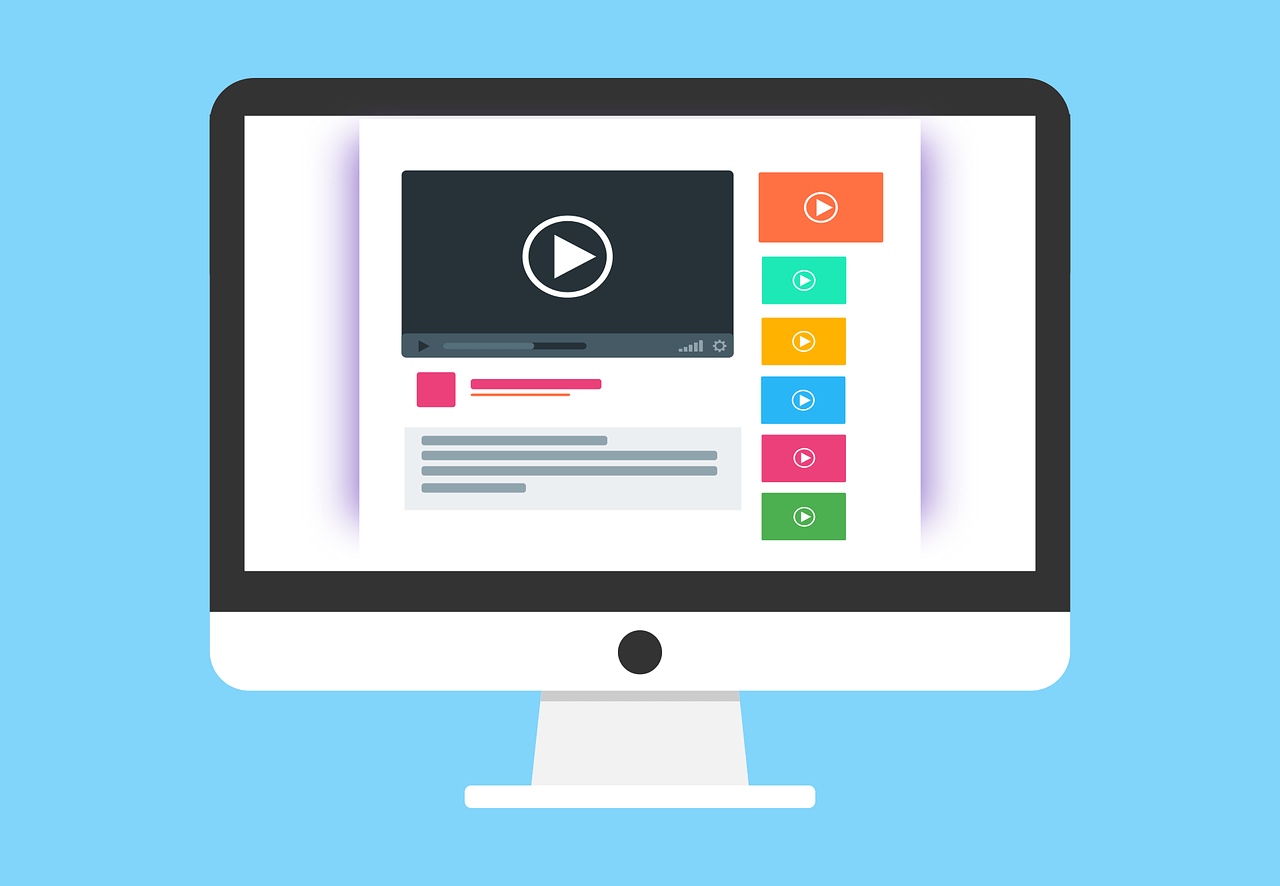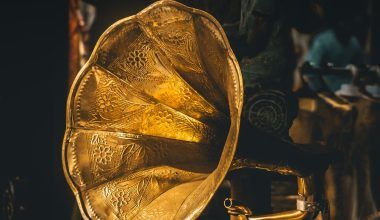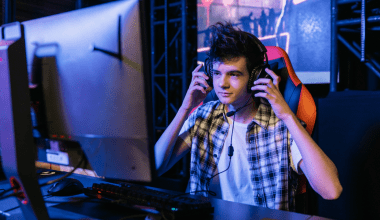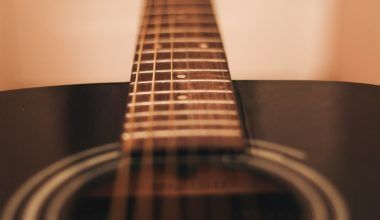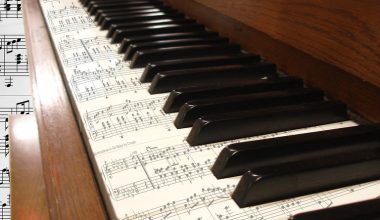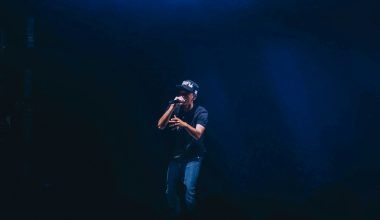In the world of online video content, YouTube copyright is a critical topic. Whether you’re an aspiring creator or a seasoned YouTuber, understanding copyright rules is essential to protect your work and avoid legal trouble.
YouTube’s copyright system ensures that original creators retain control over their work. However, it also brings challenges for users who may inadvertently violate these rules. This blog dives deep into what YouTube copyright is, how it works, and how you can navigate it successfully.
What Is YouTube Copyright?
YouTube copyright refers to the legal protections given to creators of original content uploaded to the platform. These protections align with global copyright laws, ensuring that creators have the exclusive right to reproduce, distribute, and display their work.
When someone uploads a video containing copyrighted material without permission, it may result in a copyright claim or strike. This system aims to prevent unauthorized use of music, images, videos, and other intellectual property.
How Does YouTube Handle Copyright?
YouTube has developed a robust copyright system to manage disputes and ensure fairness. Key elements include:
- Content ID
Content ID is an automated system that scans videos for copyrighted material. If a match is found, the copyright owner can:- Monetize the video.
- Block the video.
- Track its performance.
- Copyright Claims
A copyright claim occurs when Content ID detects copyrighted material. It doesn’t result in penalties but may affect monetization. - Copyright Strikes
If a copyright owner files a formal complaint, YouTube may issue a strike. Accumulating three strikes can lead to channel termination.
Common YouTube Copyright Violations
Creators often unintentionally violate YouTube copyright rules. Here are the most common mistakes:
- Using Music Without Permission
Background music or songs added to videos without licensing is a common issue. Even a few seconds of copyrighted music can trigger a claim. - Reusing Clips or Footage
Borrowing clips from movies, TV shows, or other YouTube videos without permission can result in strikes. - Uploading Others’ Content
Re-uploading someone else’s video, even with modifications, violates copyright rules. - Misusing Fair Use
Fair use allows limited use of copyrighted material for commentary or education. However, it’s often misunderstood and misapplied.
How to Avoid YouTube Copyright Issues
Avoiding YouTube copyright problems requires careful planning. Follow these steps to protect your channel:
- Use Copyright-Free Music
Platforms like YouTube Audio Library, Epidemic Sound, and Artlist provide royalty-free music. - Create Original Content
Always use your own footage, graphics, and sound effects. - Understand Fair Use
Learn the legal guidelines for fair use in your region. Ensure your use of copyrighted material qualifies under these rules. - License Material
If you need to use copyrighted music or footage, purchase the appropriate licenses. - Credit the Owner
While not always sufficient, giving credit can sometimes prevent disputes.
What Happens If You Get a Copyright Claim?
Receiving a YouTube copyright claim can be stressful, but it’s not always catastrophic. Here’s what you can do:
- Accept the Claim
If the claim doesn’t impact your goals (e.g., monetization), you can leave it as is. - Remove the Material
Replace or edit the video to remove the copyrighted content. - Dispute the Claim
If you believe the claim is unfair, you can file a dispute. Provide evidence that your use qualifies as fair use or is otherwise legal. - Appeal the Decision
If the copyright owner denies your dispute, you can appeal to YouTube.
The Impact of Copyright on Monetization
For creators aiming to earn revenue, YouTube copyright can directly affect monetization. Copyright claims may redirect ad revenue to the content owner. In some cases, your video may be demonetized or removed entirely.
To ensure smooth monetization:
- Use original or licensed music.
- Avoid copyrighted visuals.
- Double-check your video before uploading.
YouTube Copyright and Fair Use
Fair use is a legal doctrine that allows limited use of copyrighted material without permission. It applies to:
- Educational Content: Tutorials or lessons.
- Parody and Satire: Creative works that critique or mock the original.
- Commentary and Reviews: Offering opinions or analysis.
However, fair use is complex and varies by region. Always consult legal guidelines to ensure compliance.
How Copyright Benefits Creators
While YouTube copyright can seem restrictive, it also protects creators by ensuring:
- Ownership: Your work remains yours.
- Monetization: Only you can profit from your content.
- Control: Decide how your work is used by others.
Future of YouTube Copyright
As technology evolves, YouTube continues to improve its copyright systems. AI-driven tools like Content ID will become more accurate, reducing false claims. Additionally, efforts to balance creator rights with fair use will likely shape the platform’s future.
Final Thoughts
Navigating YouTube copyright rules can be challenging, but understanding them is essential for any creator. By following best practices, respecting intellectual property, and staying informed, you can avoid issues and focus on growing your channel.
Related Articles:
For further reading, explore these related articles:
- How to Promote YouTube Channel for Free: Effective Strategies
- YouTube Ki ID Kya Hai? Easy Guide to Understand & Use It
For additional resources on music marketing and distribution, visit Deliver My Tune.
